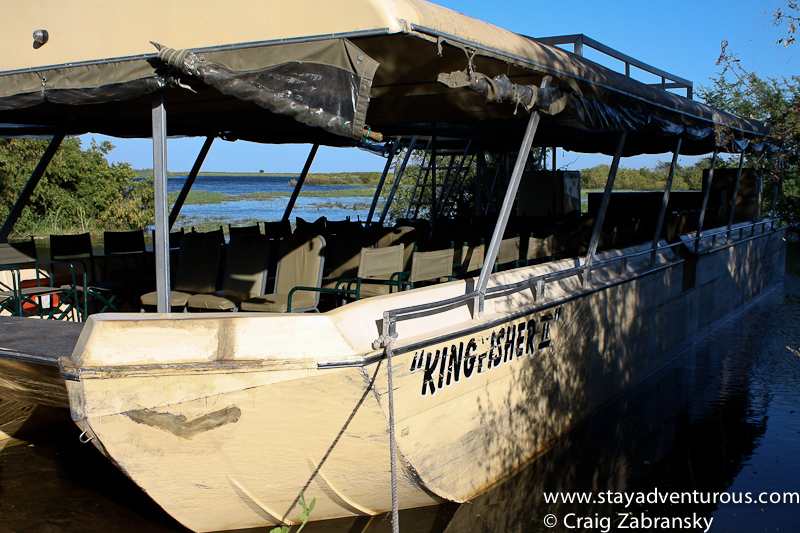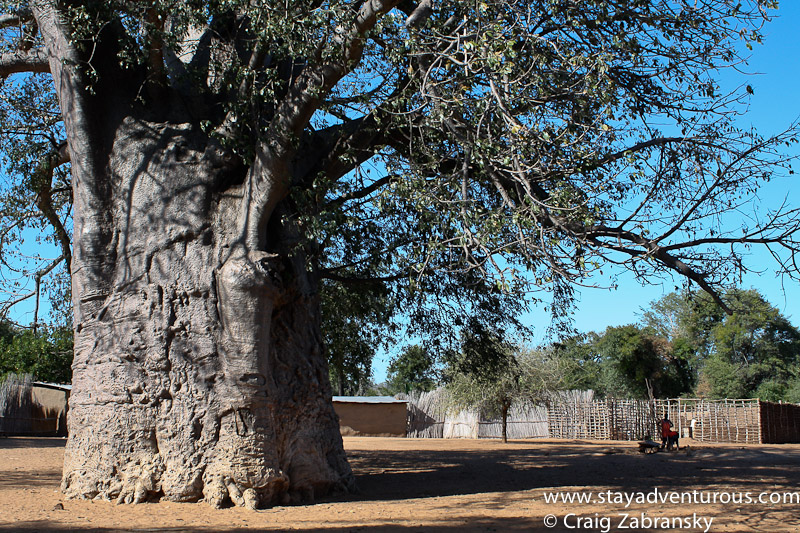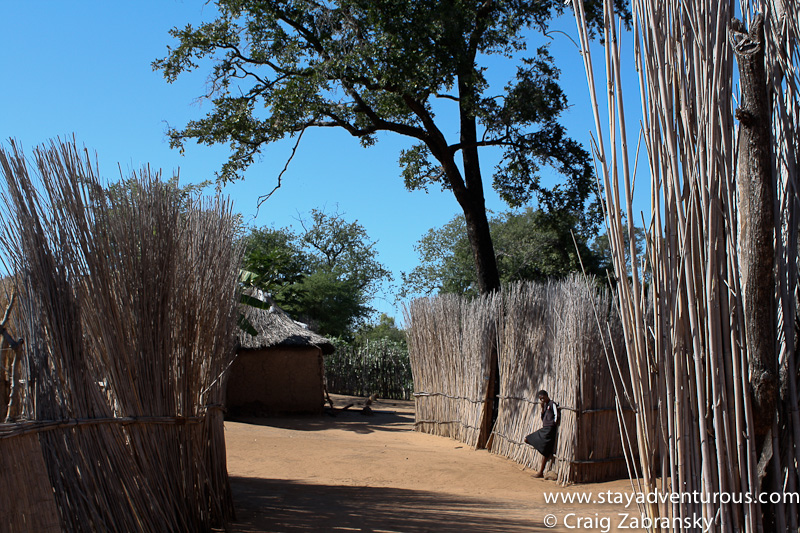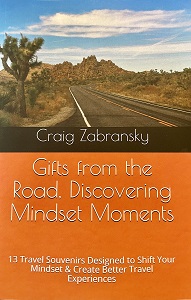Before we entered the fishing village, our guide spoke to us. Just on the outskirts and before our interaction with the locals we stopped to listen. He explained life in this part of the world, both the promising and the problems. He gave us a set of dos and dont’s when touring the huts made from the mud of old ant hills or when buying the local crafts for sale. Yet, through all the conversation, my mind seemed to only focus on one item. The Tree.
From the Chobe Lodge in Botswana, the tour took us by boat along the Chobe River and entered Namibia. We also needed to enter immigration, complete forms on both entry and departure on each leg of the trip. In this corner of the world, if passport stamps became a currency, everyone who traveled would be rich.
But once the group arrived on the island of Impalila, Namibia and all our papers were in order, we set to hike the mile to the village. Largely uneventful along the dried mud trail, we eventually arrived to a clearing. With the village in sight, and the lecture beginning I spotted the tree. It dominated the skyline.
Other details went in one ear and out the other until he started talking about the tree. Then – all ears. I learned that the upside tree known as the Baobab or Adansonia Digitata might be over 2,000 years old. A blase detail to him, to me incredible that this village sat at the foot of a tree as old as all the years of Anno Domini on the Gregorian calendar.
At that moment, I sensed a connection to something larger and even a bitter taste of my own insignificance.
Then it hit me – Avatar.
![]() I recently watched and enjoyed the movie. Certainly I have my critiques, but as a whole, I enjoyed the main message. The message of connection to your environment. And I don’t know if James Cameron walked through a similar village years ago, noticed a similar tree, and an idea sparked? Although, it would not surprise me.
I recently watched and enjoyed the movie. Certainly I have my critiques, but as a whole, I enjoyed the main message. The message of connection to your environment. And I don’t know if James Cameron walked through a similar village years ago, noticed a similar tree, and an idea sparked? Although, it would not surprise me.
I walked pass the craft market and headed to the tree. I touched it. I realized it might take more than 15 connected humans to hold hands around its base. Huge.
Eventually, I reconnected mentally to the tour. We walked around the village, learned how locals construct houses, how the chief solves all local issues and disputes, and how men take many wives (apparently because of the fatal danger that lurks in the river – the Hippo). A different world.
But hiking back to the boat, my thoughts only focused tree. Captivated. On only the fourth day of nearly forty I’d spend in southern Africa I noticed a greater connection to mother earth exists. This lesson would only repeat itself, get louder and even become more obvious as I continued with my African adventures.
Stay adventurous, Craig
this post is part of the All Africa – All August Series



















Pingback: Sunset on a Chobe River Safari Cruise in Botswana | Stay Adventurous()
Pingback: The Trees of Botswana. | The World Wanderer()